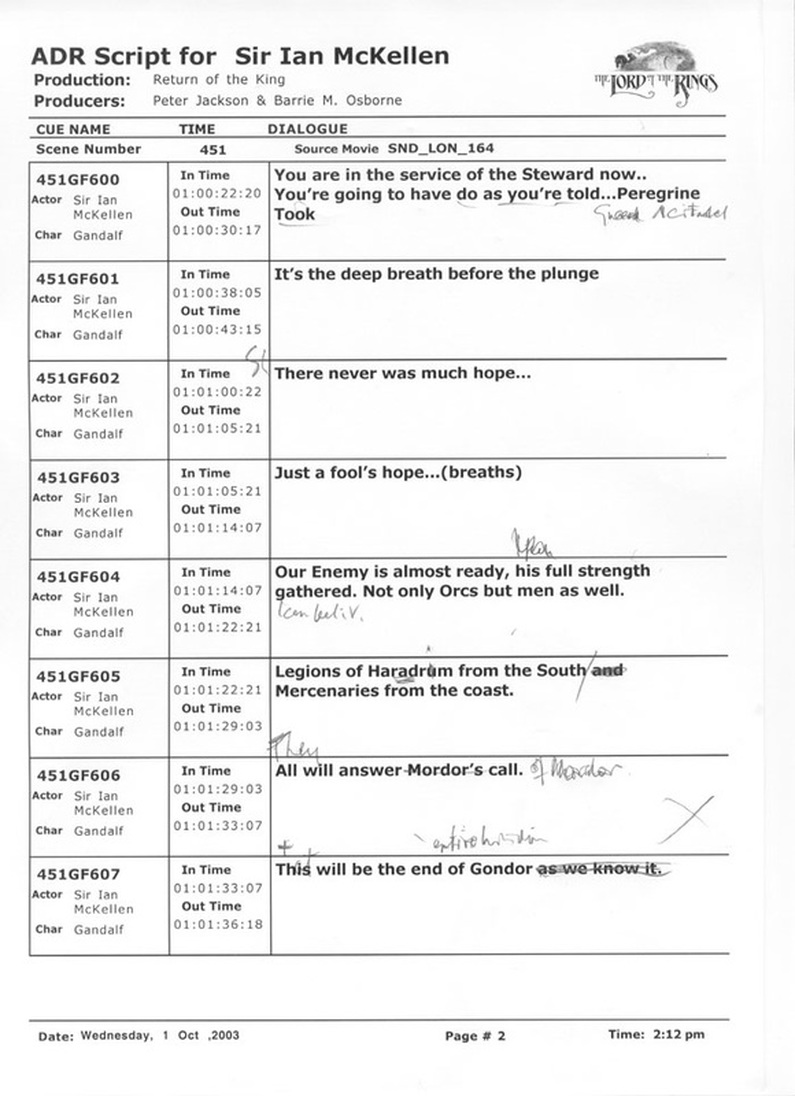Sound Design & Music For A Short Film
Tuesday, 17 May 2016
Appendix 12; Time Contraints
I had 6 months to create all the sounds and music for this video. I could of planned my time better but overall i feel that i did not have enough time to create the music and sounds for this video as sound designers can spend years creating the sounds and music for the film. For example, Ben Burtt said he worked on the WALL-E sounds for "9 months out of the year" You can find the rest of this interview here; http://designingsound.org/2009/09/ben-burtt-special-wall-e-the-definitive-interview/
Appendix 11; Convolution Reverb
Using an impulse response of the stairwell in the main building I was able to create a convolution reverb of the stairwell which worked perfectly when adding sounds like footsteps and breathing to the stair scene as it made all the sounds fit the environment.
Appendix 10; Automation
Below is an example of the automation I used to make the breathing copy the movements of the character. This overall made the breathing feel more natural and made it fit in the video really well.
Appendix 9; Using Library Sounds
Appendix 9;
I extracted all the samples that are used in a popular game called Half-Life 2. Since it was a big commercial release I knew that the sounds used were going to be high quality and would be usable in my piece.
Libraries are used in professional situations all the time. As part of a joke lots of films include a sample called the Wilhelm scream. This is a sample which has been used in various different films and TV shows and is instantly recognisable. Below is a compilation of where the Wilhelm scream has been used in lots of different films.
Appendix 9.1;
One of the problems i had when using library sounds was making them fit in the scene. For example, on the stair scene i couldn't find a sample of barefoot footsteps on concrete. To fix this I had to manually edit the volume automation of each footstep to make it sound less like a boot on concrete and more like barefoot.
Another problem I encountered when using library sounds was making sure I didn't repeat the same sound too many times. It would of been better if i had Foley because i wouldn't of encountered these problems.
I extracted all the samples that are used in a popular game called Half-Life 2. Since it was a big commercial release I knew that the sounds used were going to be high quality and would be usable in my piece.
Libraries are used in professional situations all the time. As part of a joke lots of films include a sample called the Wilhelm scream. This is a sample which has been used in various different films and TV shows and is instantly recognisable. Below is a compilation of where the Wilhelm scream has been used in lots of different films.
Appendix 9.1;
One of the problems i had when using library sounds was making them fit in the scene. For example, on the stair scene i couldn't find a sample of barefoot footsteps on concrete. To fix this I had to manually edit the volume automation of each footstep to make it sound less like a boot on concrete and more like barefoot.
Another problem I encountered when using library sounds was making sure I didn't repeat the same sound too many times. It would of been better if i had Foley because i wouldn't of encountered these problems.
Appendix 8; ADR & Bad ADR
Below is an example of bad ADR. It makes the whole scene feel cheap and less professional, this is something I wanted to avoid. To prevent this I had to make sure that the ADR actor knew what feel i wanted. I had multiple takes of the breathing and cut between the different takes and created a comp of the best parts.
Appendix 7; Foley
Foley is an essential part of film and is taken very seriously. Professional recording studios are hired out and filled with objects which can be used to recreate the sounds which are shown on screen. A good example of this can be seen in the video below.
I tried to recreate the set-up that can be seen in the video by using large diaphragm condenser microphones as these are sensitive enough to capture the whole frequency range of the sound.
I tried to recreate the set-up that can be seen in the video by using large diaphragm condenser microphones as these are sensitive enough to capture the whole frequency range of the sound.
Appendix 6; Spotting Sheet
A spotting sheet (or cue sheet) is a common technique used by professionals in the industry. Creating a spotting sheet for Foley and sound design involves sitting down and watching the video while taking note of all the sounds that need to be placed into the video. This can be done for music, ADR, sound design and music. Below are some examples of professional spotting sheets.






Subscribe to:
Comments (Atom)


